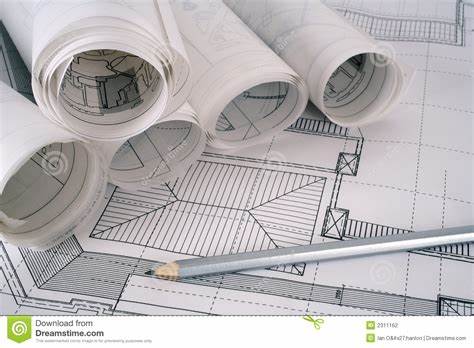Blog
Partnership Between Scene and Sequel
2/9/2023

A Guide to Constructing Scenes and Sequels in Fiction Writing
When it comes to writing scenes and sequels, most fiction novelists have their own individual approaches. However, there are some common elements that can help a new writer create vivid, effective scenes and sequels in their stories. In this blog post, we’ll explore the essential elements of scene and sequel construction so you can start incorporating them into your work.
Scenes vs Sequels - What’s the Difference?
First off, let's explain the difference between scenes and sequels. Scenes are moments of action that drive the plot forward. These moments often contain dialogue or descriptions of environment or emotion. Sequels, on the other hand, are moments of reaction that follow the scene. They provide opportunities for characters to process what has just occurred in a scene. By understanding these two different components of storytelling, writers can tell more effective stories by creating unique situations for characters to experience.
All of you have read a story where the scene has set up tension, Then the ending sentence promising a solution.
Their eyes widdened when they heard the clip clop of horses coming down the trail.
Then the sequel begins...to explain the possible danger of the horses coming down the trail.
Elements of Scene Construction
When constructing a scene in fiction writing, there are certain elements you should consider including:
- Setting: Where is the story taking place? Are there any special details that need to be included?
- Characterization: Who is involved in this scene? What do they look like? How do they act or react when interacting with each other and/or their environment?
- Conflict: What kind of conflict exists between people or within an individual's internal thoughts? Is it physical or emotional?
- Closure: Does this scene resolve any conflicts within the story or does it introduce new ones? How does this scene affect future events in the story overall?
Elements of Sequel Construction
In addition to creating scenes, writers must also craft sequels for their stories. The purpose of a sequel is for characters to reflect on what has happened and move forward with decisions based on those reflections. Consider these points when constructing a sequel:
- Reaction: How do characters react both physically and emotionally after experiencing something from a previous scene? Do they feel shock, sadness, joy, anger etc.? Why do they feel this way?
- Reflection: After reacting emotionally to what has happened in a previous scene, how does a character reflect upon those emotions before making decisions about how to proceed with their story arc going forward? -
Resolution: Does this sequel resolve any conflicts brought up in the previous scene(s)? If not, how will these unresolved issues be addressed going forward in the story arc as a whole?
Conclusion: Scene and sequel construction plays an important role in telling effective stories through fiction writing. By understanding both components individually—as well as how they interact with each other—writers can create compelling storylines that keep readers engaged from beginning to end! It takes practice but once you understand how scenes and sequels fit together seamlessly like puzzle pieces you’ll be able to craft engaging stories for your readership! Good luck!
Happy trails till we meet again!
%20(18)_1664167537412.png?alt=media&token=fdbea484-b534-4c19-9234-c089ede5e7a3)